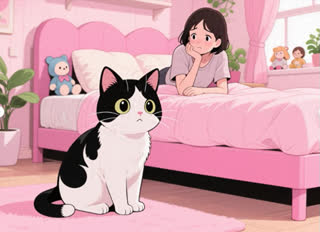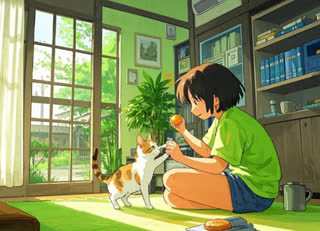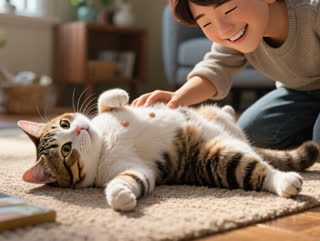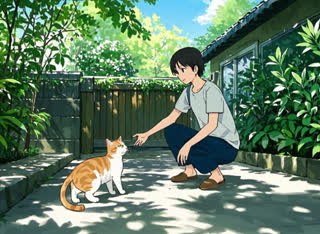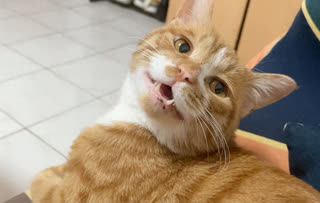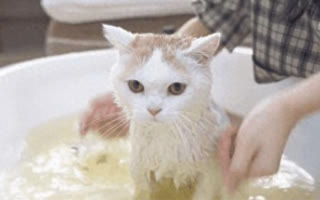Cats have long been cherished as beloved companions, but their lifespan can vary significantly based on genetics, care, and lifestyle. In this comprehensive guide, we’ll explore the factors influencing feline longevity and provide actionable strategies to help your cat thrive for years to come. From diet and exercise to medical care and environmental enrichment, discover how science-backed practices can extend your cat’s golden years.
The average domestic cat lives 12–15 years, but with proper care, many can reach 17–20 years or more . Indoor cats, in particular, tend to outlive outdoor cats by 2–3 times due to reduced exposure to accidents, predators, and infectious diseases like Feline Leukemia Virus (FeLV) . For example, a 2025 study found that indoor cats live an average of 14–18 years, while outdoor cats often survive only 2–5 years .
Notably, genetics plays a role: purebred cats like Persians and Siamese may face breed-specific health risks, while mixed-breed cats benefit from genetic diversity . However, even purebred cats can live long lives with proactive care.
A balanced diet is foundational to feline health. Cats are obligate carnivores, requiring high-quality animal protein (e.g., chicken, fish) to maintain muscle mass and organ function. Recent research highlights the importance of low phosphorus and sodium diets for cats with kidney disease, which can extend lifespan by reducing renal stress . For healthy cats, aim for:
Protein: 30–40% of calories (dry matter basis)
Omega-3 fatty acids: Found in fish oil to support joint and heart health .
Hydration: Encourage water intake or offer wet food to prevent urinary issues.
Avoid overfeeding: Obesity accelerates aging and increases diabetes risk. A 2025 study linked overweight cats to 23% faster telomere shortening, reducing lifespan by 2.3 years .
Indoor cats face fewer dangers like traffic, toxins, and fights. However, they need mental stimulation to prevent obesity and boredom. Provide scratching posts, climbing trees, and interactive toys like laser pointers. For outdoor access, consider a secure "catio" or leash training to minimize risks .
This procedure not only prevents overpopulation but also extends lifespan. Spayed females have a 90% reduced risk of mammary cancer if done before their first heat, while neutered males avoid testicular cancer and roam less . Studies show neutered cats live 1–2 years longer on average .
Regular checkups are critical. The American Veterinary Medical Association (AVMA) recommends biannual exams for senior cats (ages 10+) to detect early signs of kidney disease, diabetes, or hyperthyroidism . Key screenings include:
SDMA testing: Detects kidney dysfunction 17 months earlier than traditional creatinine tests .
Dental cleanings: Prevent periodontal disease, a common cause of systemic inflammation.
Stress negatively impacts health. Provide hiding spots, vertical spaces, and puzzle feeders to mimic natural hunting behaviors. Multi-cat households should offer separate resources (food bowls, litter boxes) to reduce conflict .
As cats age (7+ years), their needs change:
Diet Adjustments: Transition to senior formulas with lower phosphorus (0.6–0.8%) and balanced calcium-phosphorus ratios (1.1:1) .
Joint Support: Add glucosamine and chondroitin to diets to ease arthritis pain.
Exercise: Encourage 20 minutes of daily play to prevent muscle loss, which accelerates to 1.5% monthly in inactive seniors .
Vaccinations: Protect against FeLV, FIV, and rabies.
Parasite Control: Use monthly flea/tick preventives and deworming.
Cancer Screening: Watch for lumps, weight loss, or changes in appetite. Early detection improves treatment outcomes .
Cognitive dysfunction (cat dementia) is common in seniors. Stimulate your cat with scent games, catnip toys, or bird-watching windows. Positive reinforcement training can also boost mental activity .
A 2025 study revised cat-to-human age conversion:
1 year = 15 human years (teeth fully developed)
2 years = 24 human years (peak bone density)
Each subsequent year = +4 human years .
This model reflects faster muscle loss and organ aging in cats. For example, a 10-year-old cat is equivalent to a 56-year-old human, requiring tailored care for age-related decline.

